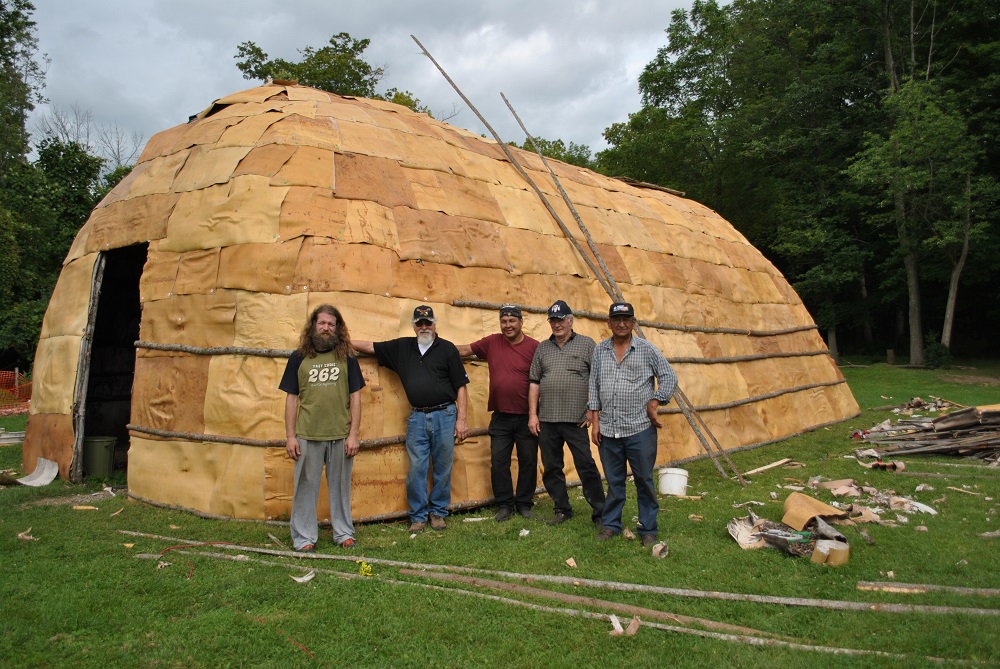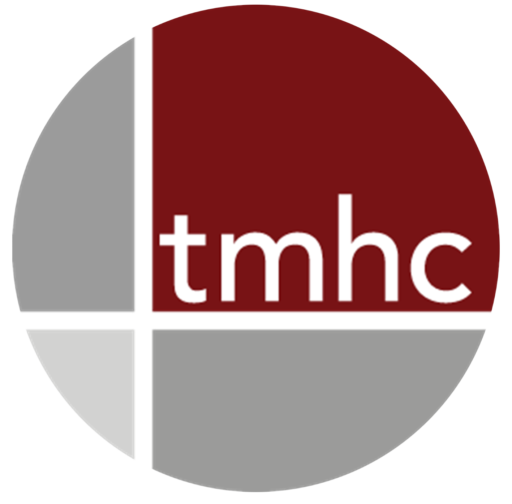Lawson Site
Archaeology in the 21st Century (2012-2017) - Remediation and Reconciliation
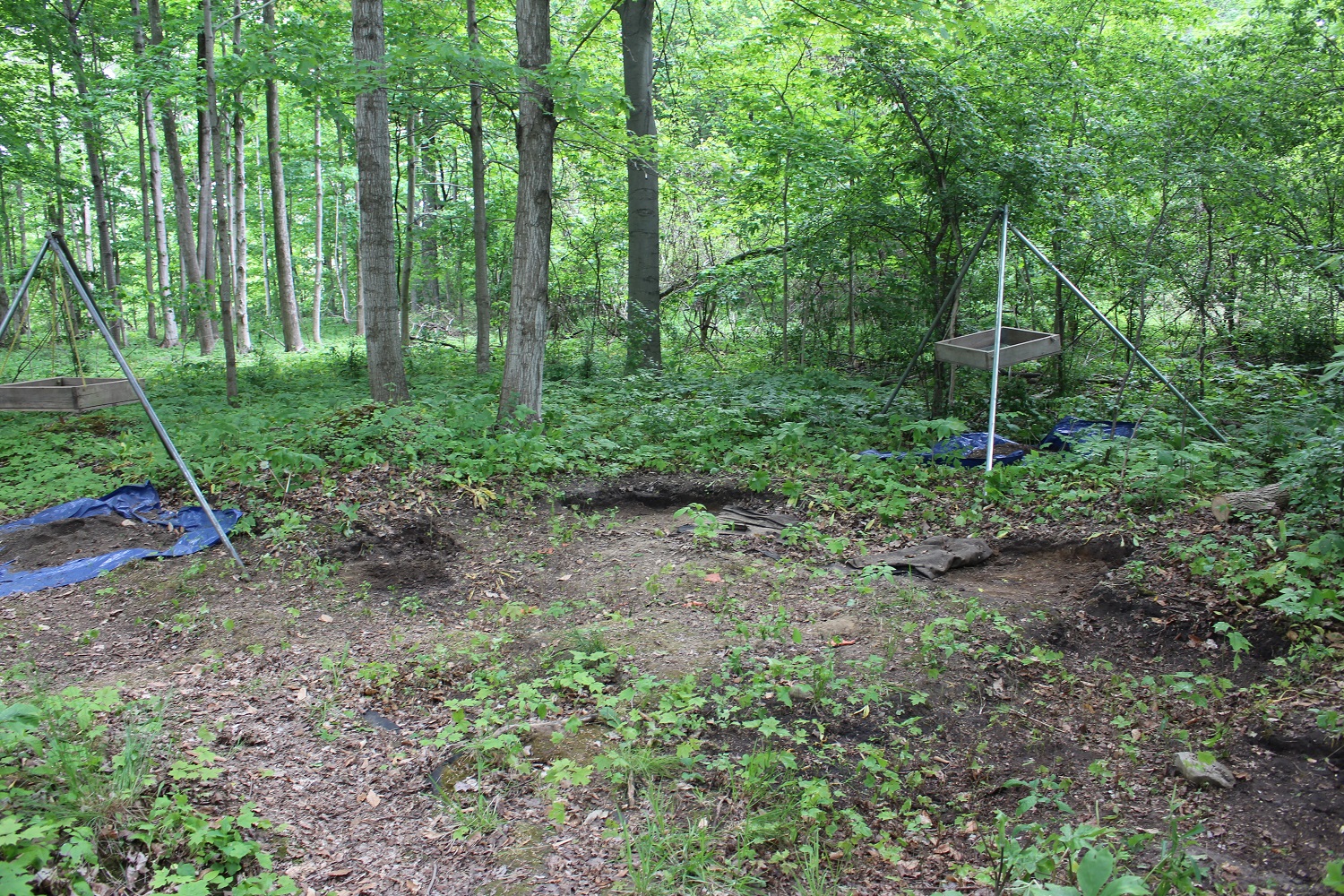
Assessing Archaeology - The unField School - 2016
Assessing One-Hundred Years of Activity
When Dr. Matthew Beaudoin took over Western University's field course in 2012, he took a different approach to the Lawson Site. Directed by the Museum’s Board and Lawson Site Management Committee, Dr. Beaudoin focused on areas which had been previously excavated. He and his class demonstrated that certain previous excavations had neither been fully completed nor protected from erosion. In 2015, under the supervision of the Lawson Chair at MOA, Dr. Neal Ferris, Dr. Beaudoin undertook a comprehensive study of previous archaeological work at the Lawson Site.
A critical decision in 2012 by the Lawson Site Management Committee was that the Museum would no longer conduct excavations within intact areas of the Lawson site, and that the Museum would work to develop a long-term management plan for this significant archaeological site and important Indigenous heritage place. This included re-framing future field schools conducted on the site as part of a remediation and rehabilitation plan to teach students how to care for this site long term. Western students returned in 2016 when Dr. Ferris started his "Un-field School". The focus of the school was on rehabilitating and restoring previously excavated areas of the site, documenting the range of past archaeological activities across the site through non-invasive methodologies such as ground penetrating radar, and setting in place adequate protections for both previously excavated and intact areas of the site. The aim of the Museum now is to ensure this heritage locale, which has been subject to all forms of past archaeological practices and investigations over the last 150 years or so, will continue to be preserved and celebrated over at least the next 150 years or so.
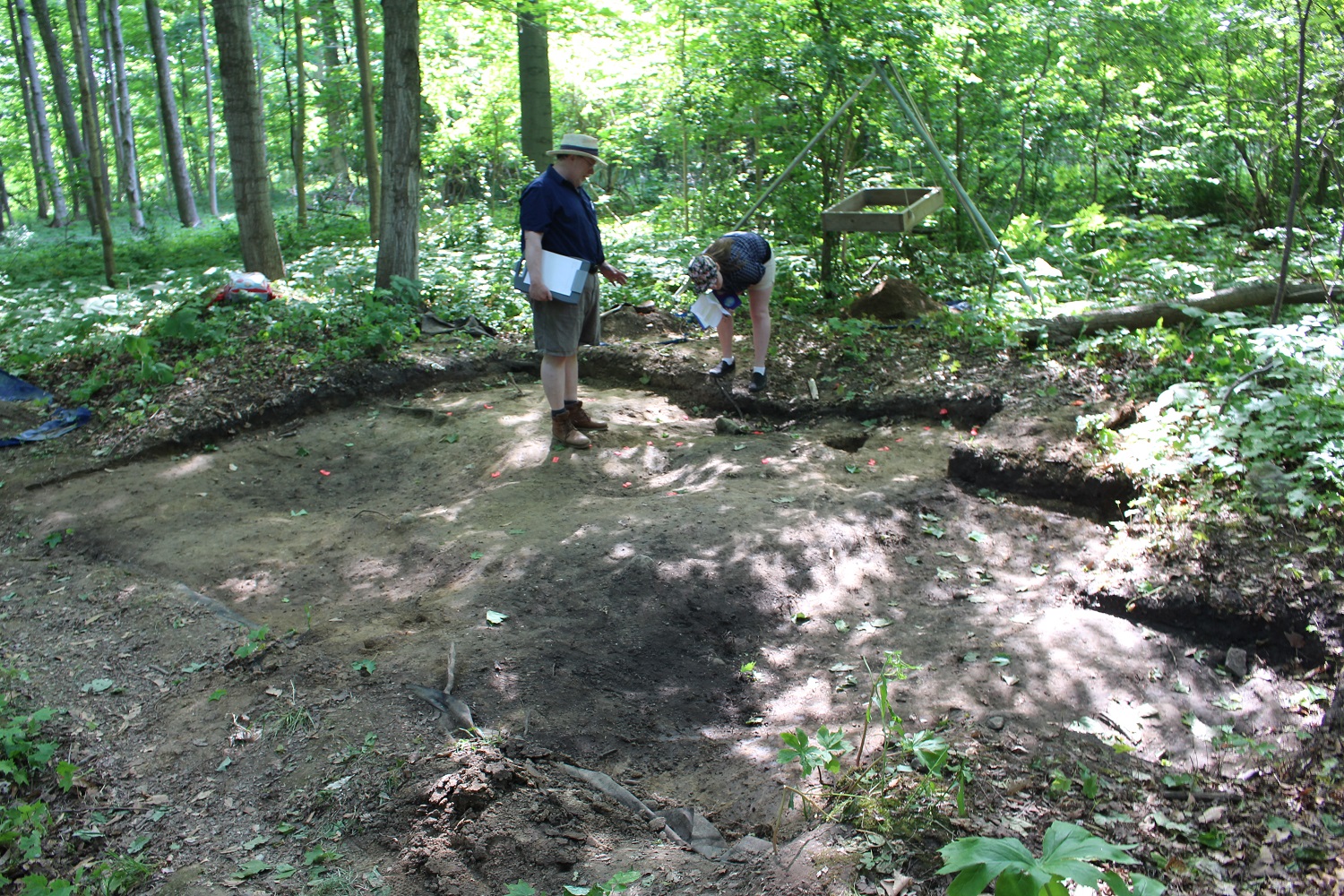
Dr. Neal Ferris and the unField School - 2016
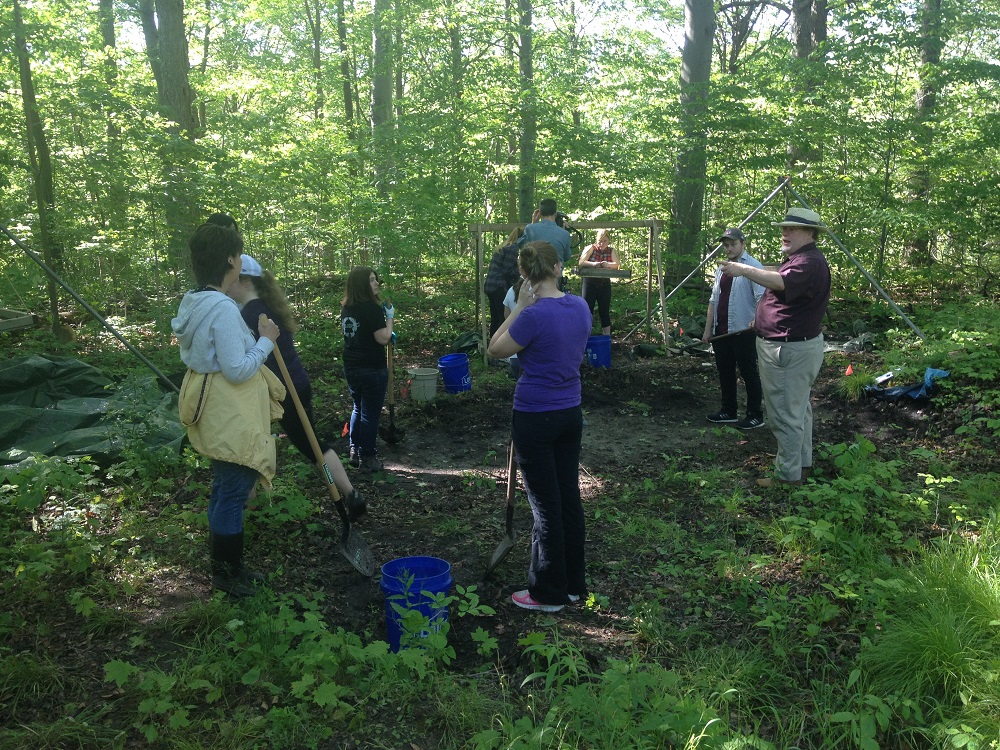
Dr. Ferris and the unField School - 2017
Towards Reconciliation
In 2015, the Truth and Reconciliation Commission of Canada released 94 Calls to Action "In order to redress the legacy of residential schools and advance the process of Canadian reconciliation".
Archaeology's relationship with Indigenous peoples has a checkered past and remains problematic today. The Lawson Site embodies and commemorates that troubled past in an attempt to learn from our mistakes but also represents a physical space in which to realize reconciliation. Just as the trajectory of Indigenous involvement in archaeology continues towards increasing involvement, so too has Indigenous authority and meaning-making on the Lawson Site. Museum files indicate the first Indigenous community member was employed at the site in 1973. The Harvest Festival began in 1984, the Pow Wow in 2008. Today, Indigenous representatives serve on the Museum's Board and shape decision making and practices through the Sustainable Archaeology Advisory committee. The legacies of archaeology conducted at the Lawson Site reverberate today, however the value and damage of those legacies are increasingly being redefined and remediated by archaeologists and Indigenous community members working in concert together through models of a dual consensual decision-making.
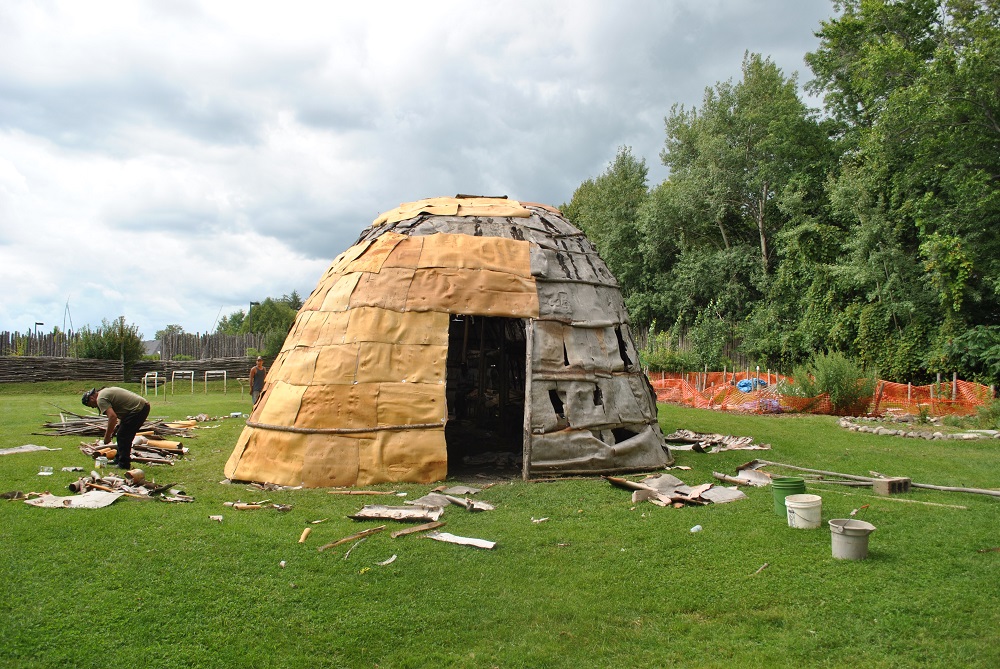
Longhouse 1 (v2) Repairs - 2013
